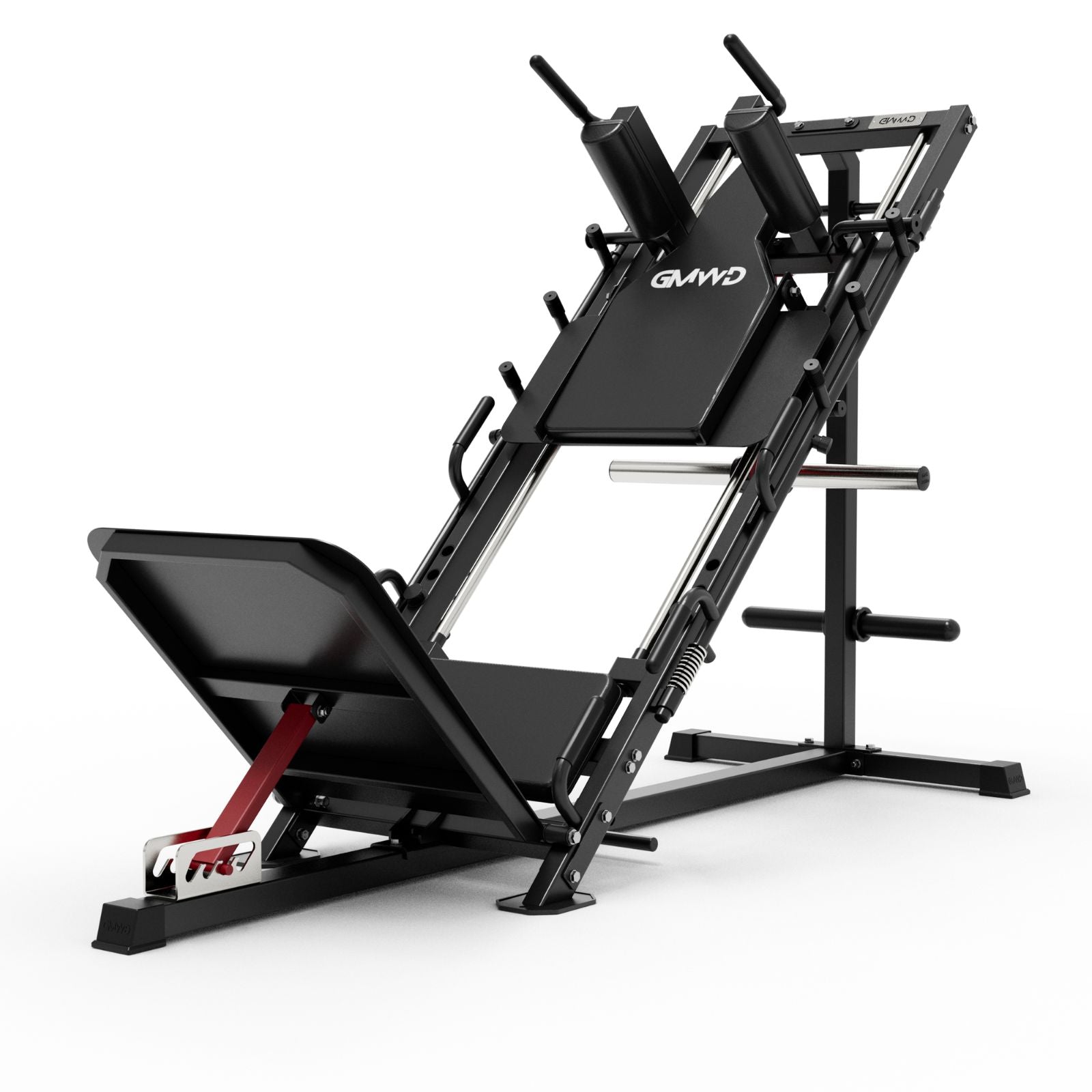When it comes to muscle recovery, understanding which muscles recover the fastest can greatly influence your training routine. Whether you're a beginner or an advanced athlete, knowing how different muscles respond to rest can help you optimize your workout program and improve your results. In this article, we'll dive into the science of muscle recovery and highlight the muscles that recover the fastest.
What Muscles Recover the Fastest?
The recovery rate of muscles depends on several factors, including their size, the intensity of the workout, and their overall role in the body. Generally, smaller muscles tend to recover faster than larger ones, but the speed of recovery also hinges on individual factors like nutrition, sleep, and overall fitness level. Let's break down the key muscles that typically recover the fastest.
Do Smaller Muscles Recover Faster?
Yes, smaller muscles tend to recover faster than larger muscles. This is because smaller muscles have a lower volume of muscle fibers, which means they require less time to repair after intense exercise. Additionally, smaller muscle groups generally experience less strain during typical workouts, which leads to quicker recovery times.
For example, muscles like the forearms, calves, and abs tend to recover quicker than larger muscle groups like the back or thighs. These muscles can often handle more frequent training sessions, giving you the flexibility to train them more often.
What Muscle Recovers the Fastest?
Among the various muscles in the body, smaller stabilizing muscles like the forearms and neck muscles often recover the fastest. These muscles are used to lighter, more repetitive movements, and their recovery demands are relatively low. Their small size and less intense workload mean they can bounce back in less time compared to larger muscles like the quadriceps or hamstrings.
Do Biceps Recover Fast?
The biceps—a smaller muscle group—generally recover relatively quickly, especially if they aren't subjected to excessive strain or overtraining. However, the speed at which the biceps recover depends on the intensity of the workout. High-rep exercises or moderate-intensity training can lead to quicker recovery, whereas heavy lifting or high-intensity workouts may require more time for the muscles to heal.
If you're focusing specifically on bicep recovery, be sure to incorporate rest periods and a balanced routine that doesn't overtax this muscle group, allowing it to repair properly before the next session.
Do Shoulders Recover Fast?
The shoulders are a bit more complex when it comes to recovery. While they are technically a smaller muscle group compared to the legs or back, the shoulders are made up of several muscles—the deltoids, rotator cuff, and other stabilizing muscles. Because of this complexity, shoulder recovery can vary.
If you're training your shoulders with compound exercises (like overhead presses), it may take a little longer for them to recover fully. However, in general, shoulders are considered to recover fairly quickly in comparison to larger muscle groups, especially if you're using moderate-intensity weights.
Muscles That Recover the Fastest
As a rule of thumb, the muscles that tend to recover the fastest include:
- Forearms: Due to their smaller size and less strenuous use in workouts.
- Abs: Core muscles typically recover quickly after moderate training.
- Calves: These muscles, while small, are used to constant movement and recover rapidly after targeted exercises.
- Neck Muscles: Often engaged in low-intensity movements, making them recover fast.
Which Muscle Recovers the Fastest?
While it's difficult to pinpoint a single muscle that recovers the fastest, forearms and calves are often cited as the muscles with the quickest recovery times. Their role in both smaller, daily activities and their size allows for faster healing. However, individual factors like diet, sleep, and how intensely a muscle group is worked also play significant roles in recovery speed.
Conclusion: Speeding Up Muscle Recovery
If you're interested in improving the speed at which your muscles recover, focusing on proper nutrition, hydration, and quality rest is essential. Incorporating active recovery days and paying attention to your body’s signals will also help. Remember that smaller muscles typically recover faster than larger muscles, and muscles that are less heavily worked (like the forearms or abs) are generally quicker to bounce back.
By understanding which muscles recover the fastest, you can plan your training sessions more effectively and maximize your performance gains. Whether it's biceps, shoulders, or calves, knowing when to train and when to rest will be key to optimizing your workout routine.










































Leave a comment
This site is protected by hCaptcha and the hCaptcha Privacy Policy and Terms of Service apply.